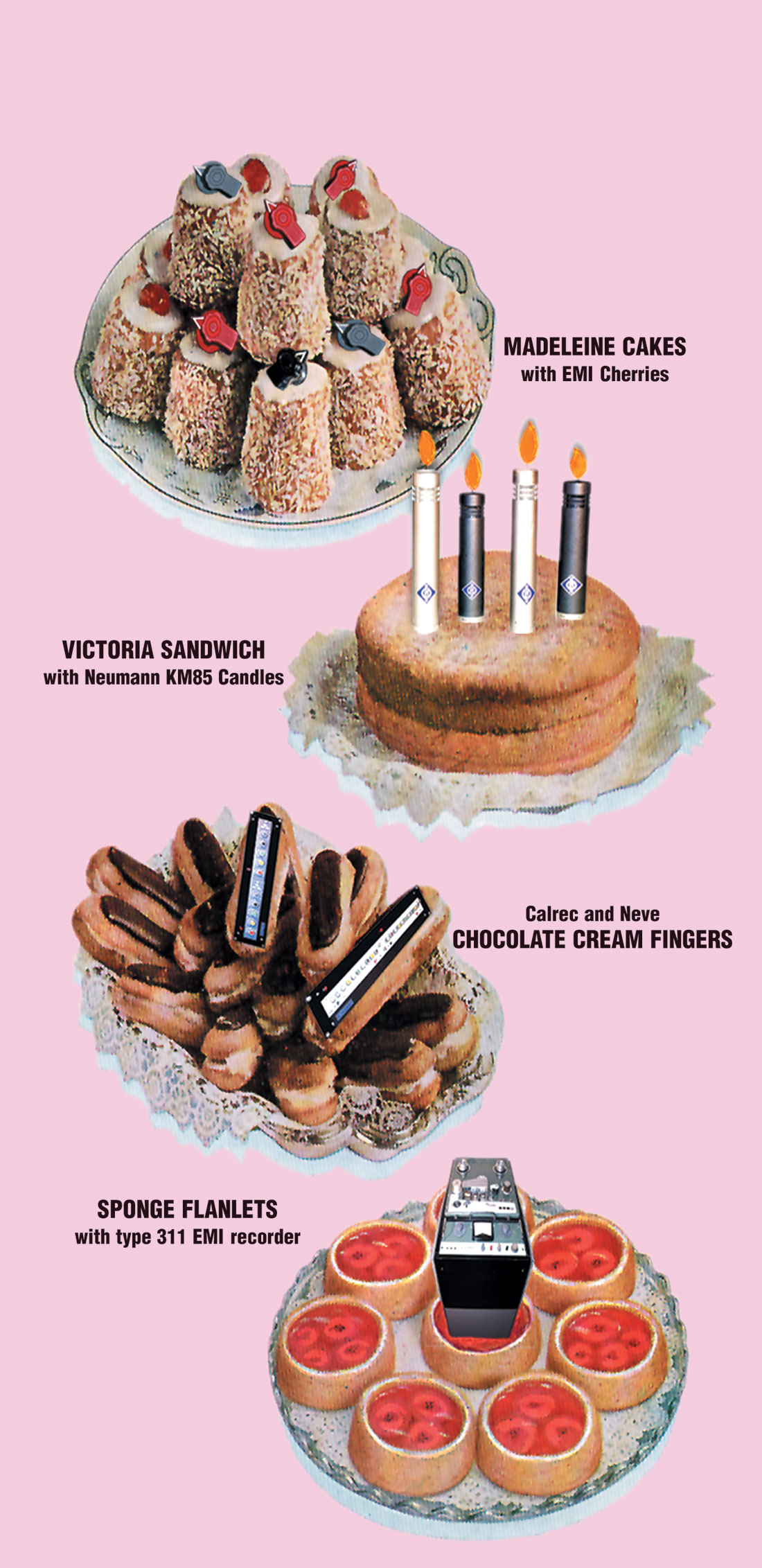Is it me, or is modeling getting a bit out of control? Seems like every plug-in, amp, outboard effect, keyboard, and even guitar these days relies on modeling circuitry to simulate some classic sound or other. But what about gear that just plain sounds really good (as opposed to gear that simulates gear that sounds really good)?
SonicCord, a New England-based guitar amp company, has stepped up to the plate with a debut lineup of amps that just plain sound great and, through creative tube circuit design, are capable of getting a variety of amazing sounds. I stumbled upon SonicCord almost by accident. My band played a benefit show that featured fourteen groups each playing a fourteen minute set. Needless to say, band changeovers were harried, and to save time, there was a backline of three SonicCord amps. As we took the stage, the soundman encouraged us to hurry up, plug in and play. So I plugged my guitar into a SonicCord Toad 20/32 watt (switchable) combo (powered by an ECC832, an ECC83 and a pair of 6L6 tubes, with a single 12" speaker), left the controls as they were, and started the set. My Telecaster took on a new life, barking notes out of the amp. Not to bad-mouth my trusty Fender Blues Jr. combo (which really has served me well in clubland and in the studio), but the Toad sounded so good I felt like my playing improved radically. The tone was appealingly growly, with plenty of headroom for dynamic playing. Kind of tweedy, I suppose.
Steve Boudette, the man behind SonicCord, was at the show and I complimented him on his nice amp design. He offered to bring a Toad to my studio for me to check out further. Turns out the Toad (named after a cool little club in Cambridge which was the inspiration for the amp's design; a just-loud-enough tube amp, light enough to carry a few blocks to the corner pub) can switch between two modes: Class A mode yields a slightly compressed tone with plenty of bite (think Vox AC30), while Class A-B opens up a bit more headroom for a slightly cleaner and louder sound (think tweed Deluxe).
In the studio, the Toad was a blast to use. In addition to the standard volume and tone controls, there was a mysterious third knob marked "mood," which seemed to nudge the sonic character from Fender-ish to British and anywhere in between. The mood control took a bit of getting used to, but was ultimately very musical and much more useful than the standard hi/mid/low tone controls on so many amps. From semi-clean bluesy tones to Class A skronk to quasi-Marshall Stack without the decibels, it was hard to make the amp sound bad. It's no secret that smaller amps can sound bigger in the studio when mic'd up, and the Toad happily stuck with this stereotype. I tried mic'ing it with a large diaphragm condenser, a ribbon, and the old standby SM57 with great results on all three; the recorded guitar tracks sounded huge and well-balanced.
The Toad will run you a bit of dough ($1,600 MSRP includes an ATA approved road case; incorporated or D/B/A studios can order one without a flight case for $1,000), but it's so versatile and sweet sounding that I have to enthusiastically recommend it for any studio that records guitar music. I'm saving my pennies as I type this.




_disp_horizontal_bw.jpg)